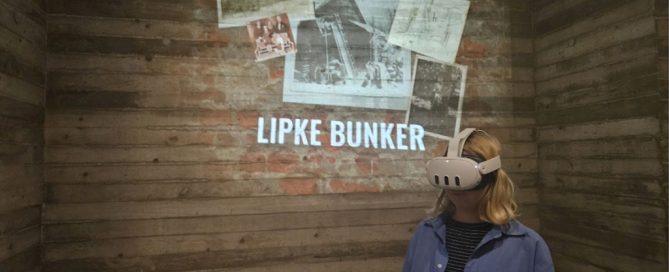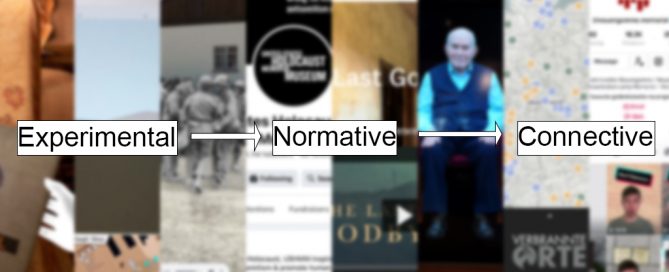Spotlight on Žanis Lipke Memorial
by Dr Kate Marrison In this long-form series, we offer a deep dive introduction to digital projects at a Holocaust organisation. Each month, our ‘spotlight’ institutions will feature in our upcoming living database-archive. The journey to the Žanis Lipke Memorial took us on-foot over the Vanšu Bridge, which crosses the Daugava River, in Riga. A quick online search reveals that the word vanšu refers to the cables suspending its deck, comparing them to nautical rigging (also known as shrouds in English). Upon reaching the other side, we arrived in Ķīpsala Island, which was originally a fishing village, and followed Google Maps down the 150-year-old cobbled streets to discover the entrance to the memorial tucked behind houses at the end of a quiet lane. Aptly described by some as “Riga’s best-hidden museum”, this memorial is dedicated to the memory of Latvian Žanis (or Jānis) Lipke, who saved Jews from the Riga ghetto by hiding them in an underground bunker during the Nazi occupation of Latvia. The 3x3 metres bunker, built in 1942, housed between 8-12 people at a time. In total, between 1941 and 1945, the Lipke Family and their helpers successfully saved the lives of more than 50 Jews. The memorial itself, [...]

